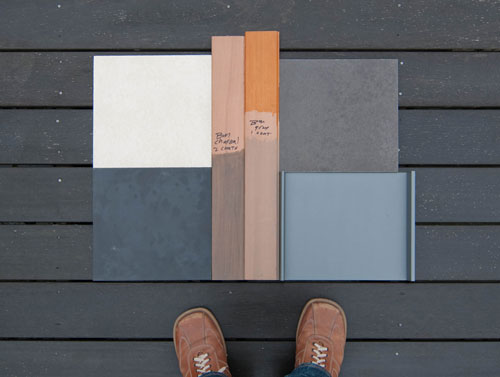
We’re all familiar with the design philosophy of Form Follows Function coined by the architect Louis Sullivan in 1896. It was an important paradigm shift in the design world and more than ever, in our modern times, the shape of a building or object is primarily based upon its intended function or purpose. This has always made sense to us; a building should look like what it’s doing.
In exploring the relationship between how a building looks and how a building functions, we’ve been taking the philosophy a bit further; to include the material that the object is made of. The idea is that the form and the envelope material articulate the functions within. If nothing else, the form and materials should differentiate the functions. While this is a focus in most of our work, we’re using the Bellevue residence for today’s example; it’s in a great stage of design development to illustrate the idea.
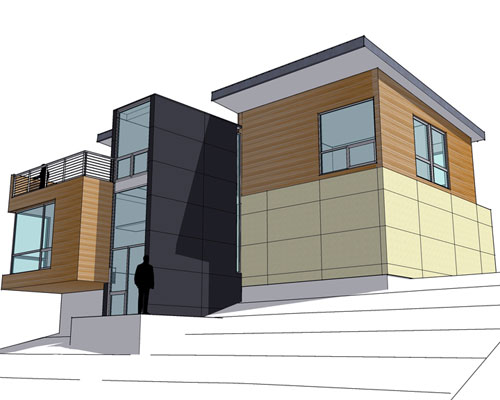
The house consists of two levels; the main floor contains the common areas (living, dining, kitchen) and the utilitarian areas (garage, utility, laundry) while the upstairs contains the private bedroom and bathroom areas. A center volume handles the circulation between the floors and functions.
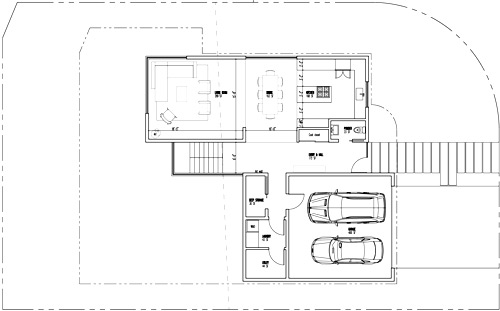
We’re proposing to separate the walls of the envelope into three material groups.
A rainscreen concrete board system clads the garage and utility areas. This particular engineered material is installed in 4×8 sheets and has a machined, industrial feel to it. It’s also very durable and requires little maintenance.
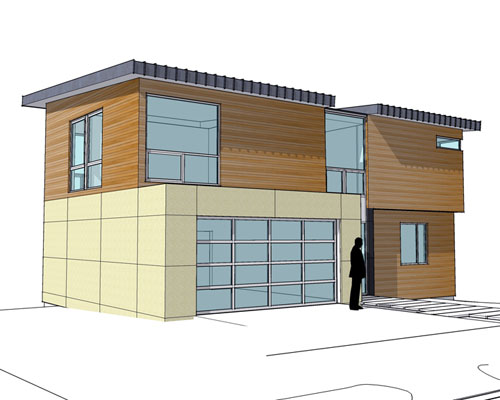
The living spaces are wrapped with a horizontal T&G clear cedar. The cedar gives a warm, intimate feel to the envelope and adds to the serendipity of the entry. The cedar tends to be a bit more precious and is subsequently used at the areas where it matters most.

A third material envelopes the center circulation volume and reflects the service nature of this area. A panelized material is used to reflect the formality of the interior use.

A consistent standing seam metal roof is used at the shed roof structures while a membrane is used at the “flat” roof above the circulation space.
There are, of course, a variety of second level materials (aluminum at windows and doors, concrete at the foundation, etc.) but you get the gist of it.
We find that this method of designing is sensible because it’s based on strategies and rationale. It keeps the decision making process simple and allows for a linear design process. Best of all, it provides reason; the owners and design team know why something is what it is.
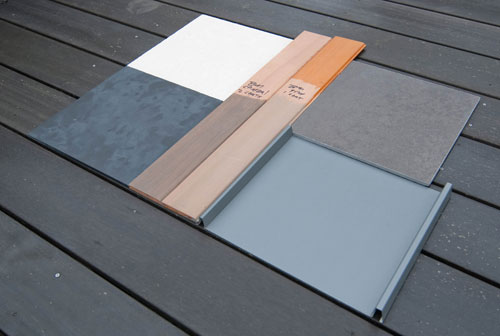
…always interested to hear your thoughts and ideas.





